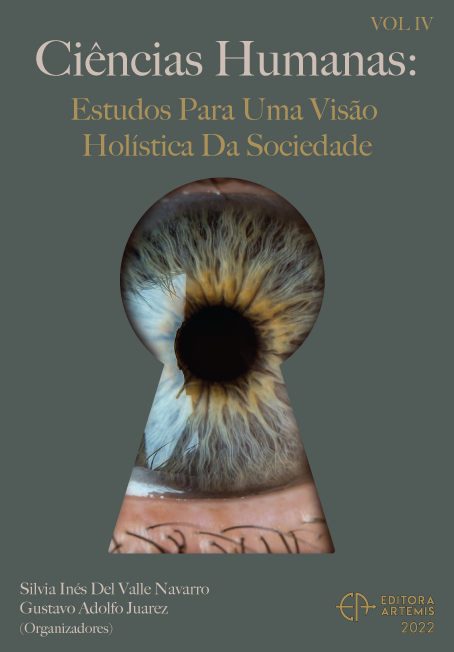
LA MANCHA Y TEJIDO URBANO MEDIANTE LA GEORREFERENCIACIÓN DE CARTOGRAFÍA HISTÓRICA
En el presente trabajo partimos del supuesto de que los planos y los mapas han sido por largo tiempo formas de ver y modos de producir y de fijar saberes geográficos; expresión de la comprensión que las personas y los colectivos tienen de su entorno inmediato. La pregunta sobre cómo se transita del mapa al mundo supone poner el acento en la condición de objeto del mapa, atendiendo a su materialidad y al modo en que las personas y los colectivos usan dichos objetos; a partir de lo cual, ponemos desde un enfoque regional y particular, las representaciones cartográficas, en las que indagamos, como materiales gráficos, en tanto técnica y estrategia de representación cambiante, y su empleo en los recientes formatos digitales, como información que permite el estudio de la ciudad en el presente. A lo largo del documento exponemos el uso que hemos hecho de las representaciones cartográficas históricas en cuanto material en el que indagamos sobre la evolución del tejido urbano y de los objetos acontecimiento; la transición en su empleo en los recientes formatos digitales; y señalamos las ventajas y desventajas de su empleo para el conocimiento y explicación de la transformación de la ciudad.
LA MANCHA Y TEJIDO URBANO MEDIANTE LA GEORREFERENCIACIÓN DE CARTOGRAFÍA HISTÓRICA
-
DOI: 10.37572/EdArt_26052257619
-
Palavras-chave: Tejido urbano; mancha urbana; Cartografía histórica; Georreferenciación
-
Keywords: Urban fabric; Urban Stain; Historical cartographic; Georeferencing
-
Abstract:
In this paper we start from the assumption that plans and maps have long been ways of seeing and ways of producing and fixing geographic knowledge; expression of the understanding that people and groups have of their immediate environment. The question about how to move from the map to the world means putting the emphasis on the map's condition as an object, taking into account its materiality and the way in which people and groups use said objects; from which, from a regional and particular approach, we put the cartographic representations, in which we investigate, as graphic materials, as a technique and strategy of changing representation, and its use in recent digital formats, as information that allows the study of the city in the present. Along the document we expose the use we have made of historical cartographic representations as material in which we investigate the evolution of the urban fabric and event objects; the transition in its use in recent digital formats; and we point out the advantages and disadvantages of its use for the knowledge and explanation of the transformation of the city.
-
Número de páginas: 17
- Verónica de la Cruz Zamora Ayala

